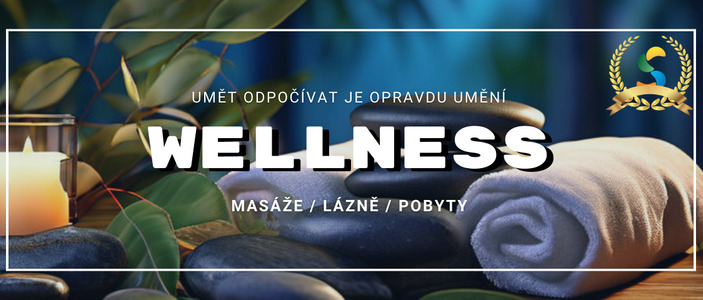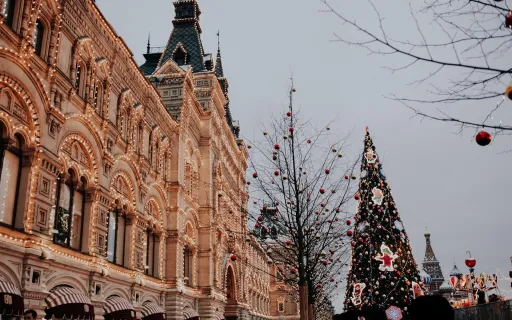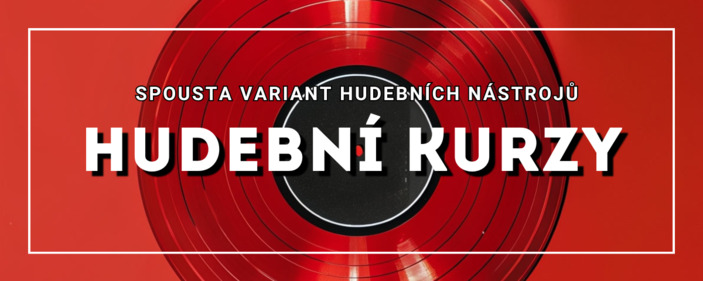Christmas in Russia is celebrated a bit later than we’re used to here in the Czech Republic. Russians actually have two options for celebrating Christmas. They can either choose the Orthodox Christmas, which is celebrated on January 6 and 7, or celebrate secular Christmas on New Year's Day. In this article, we’ll mainly talk about the traditional Orthodox Christmas and mention the modern version at the end.
How is Orthodox Christmas celebrated in Russia?
Just like us, Russians exchange various gifts at Christmas to bring joy to their loved ones. Less common (but still more frequent than here ;-)) is following ancient customs, like singing carols and dressing up in costumes on Christmas Eve.
Even today in Russia, Christmas remains primarily a religious holiday alongside well-established secular traditions. On Christmas Eve (the night from January 6 to 7), a festive liturgy is broadcast on national television from the restored Cathedral of Christ the Saviour.
Christmas is considered the second most important holiday in the Orthodox Church after Easter. After the collapse of the Soviet Union, there was no reversal – New Year's remains the main traditional holiday.

The origins of Christmas celebrations in Russia go back to the 10th century, when Christianity spread from Byzantium to Eastern Europe. However, the stabilization of Christian holidays in Russia didn’t happen until the end of the 16th century.
Orthodox believers in Russia start preparing for Christmas as early as November 28. That’s when the pre-Christmas fast begins, lasting until January 6 (40 days!). From January 2, the fast becomes stricter, and on Christmas Eve, abstaining from food is at its strictest. But Christmas Eve isn’t just about fasting.

Other customs are also followed, such as carolers walking around the towns, warmly welcomed everywhere, as their singing wished luck, a good harvest, and abundance. Eating is allowed only in the evening after the service, once the first star appears in the sky.
Christmas in Russia is, like in every country, joyful and especially rich when it comes to food. Traditional dishes include roasted stuffed pork head or baked pork pieces. Veal and fish in aspic are also popular, or goose with apples. Known dishes include rabbit in cream sauce, game, and lamb. Also served are vareniki, dumplings made from leavened dough filled with cabbage, rice, potatoes, or pickled mushrooms.
At Christmas in Russia, it’s still common to see traditional wheat or barley porridge on the Christmas Eve table, flavored with raisins, honey, nuts, and poppy seeds, called kutya. You might also find so-called vzvar, which is a dried fruit compote. Both dishes carry symbolic meaning, as vzvar was traditionally eaten during childbirth celebrations, while kutya was served at funerals. Serving both refers to the birth and death of Jesus Christ.
Russian Christmas also wouldn’t be complete without sweet treats, although they are not as varied as in Czechia. These include fruits, cakes, pancakes, gingerbread, cookies, honey, and more. You’ll also see traditional wheat pudding with poppy seeds, raisins, plums, almonds, and sugar. At Christmas in Russia, beer is drunk (and of course vodka), as well as compotes, sweet soups, jellies, and, since the 18th century, Chinese tea became popular.

Ded Moroz and Snegurochka – Modern Christmas in Russia
Ded Moroz and Snegurochka were not originally part of traditional Russian Christmas. They appeared after 1918, when religious Christmas celebrations were banned in Russia (more precisely, by the government of the Soviet Union). Traditions and rituals didn’t disappear entirely, but they faded into the background. Only after the fall of the regime did customs associated with traditional Orthodox Christmas slowly return among the Russian people.
Today, Christmas in Russia, especially for children ;-), is mostly about these magical characters visiting families on New Year's and giving out gifts. It works similarly to our tradition of St. Nicholas visiting on December 5 with the angel and devil. In the early 20th century, children looked for gifts under their pillows, but today presents are placed under a beautifully decorated Christmas tree.
Maybe some of you would like to taste one of the traditional dishes served for Christmas in Russia on Christmas Eve, so we’ve found a few recipes for you:
Wheat Kutya
- 500 g wheat grains
- salt (just a pinch!)
- 100 g honey
- 50 g poppy seeds
- 50 g nuts
- 50 g butter

Preparation:
Soak the wheat for 24 hours in 1.5 liters of cold water. After 24 hours (without changing the water), bring the wheat to a boil, add a pinch of salt, and cook until soft. Then mix in grated nuts, honey, and ground poppy seeds, and serve. We recommend topping each portion with a bit of melted butter.
Vzvar
- 300g dried apples or plums (or both)
- 2 teaspoons of honey (if you like it sweeter, add an extra spoon ;-))
Place the dried fruit in a container resistant to boiling water. Pour in enough boiling water to cover the fruit and cover with a lid. Prepare 2 teaspoons of honey in a cup, pour in a little warm water, and stir well. Pour the honey mixture into the container with the fruit, stir again, cover with the lid, and let cool.
Now you can literally taste Christmas in Russia. :-) Enjoy your meal!

